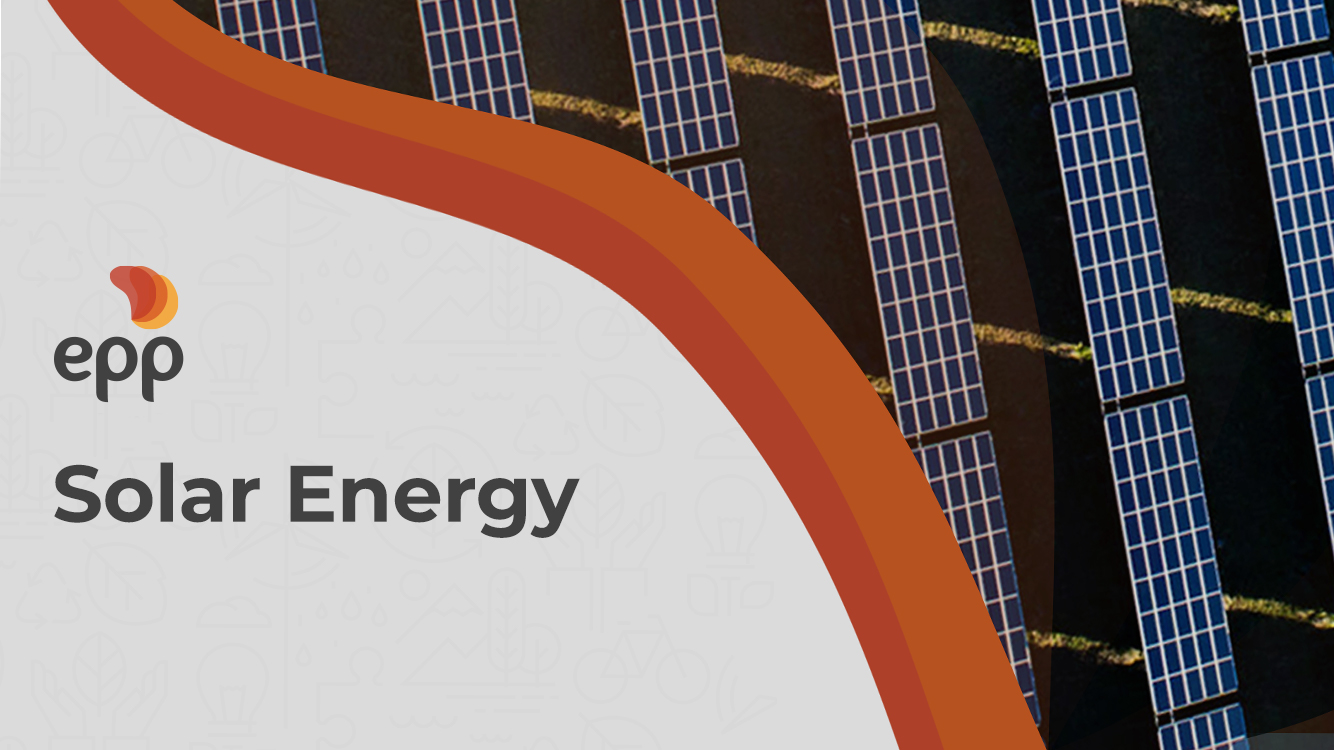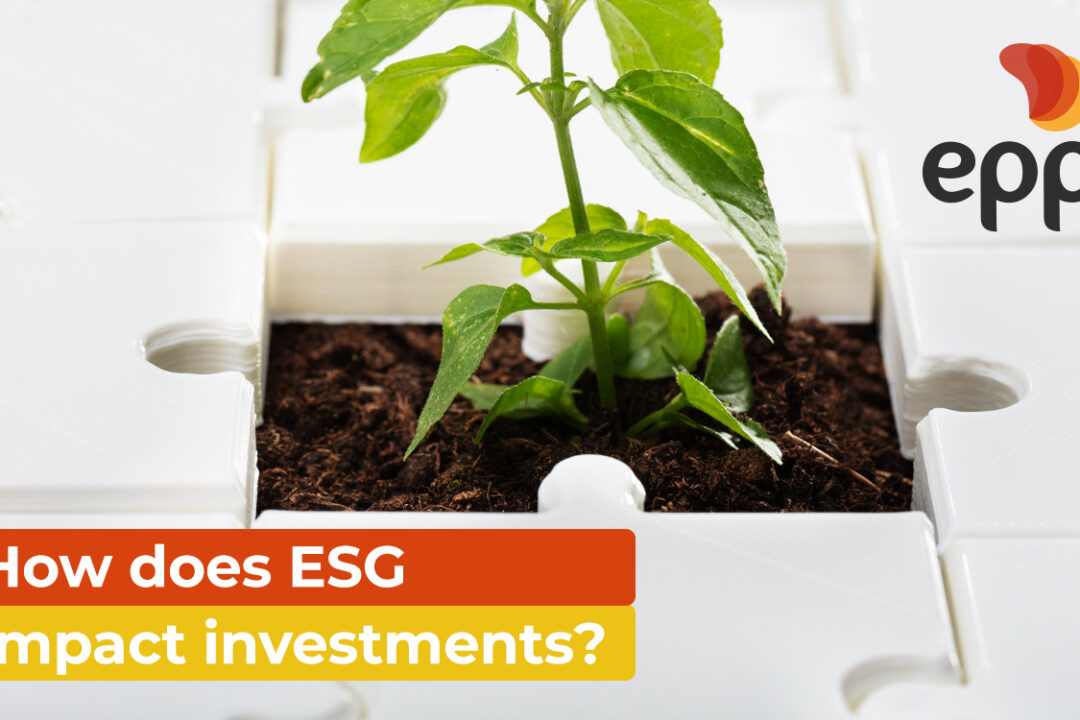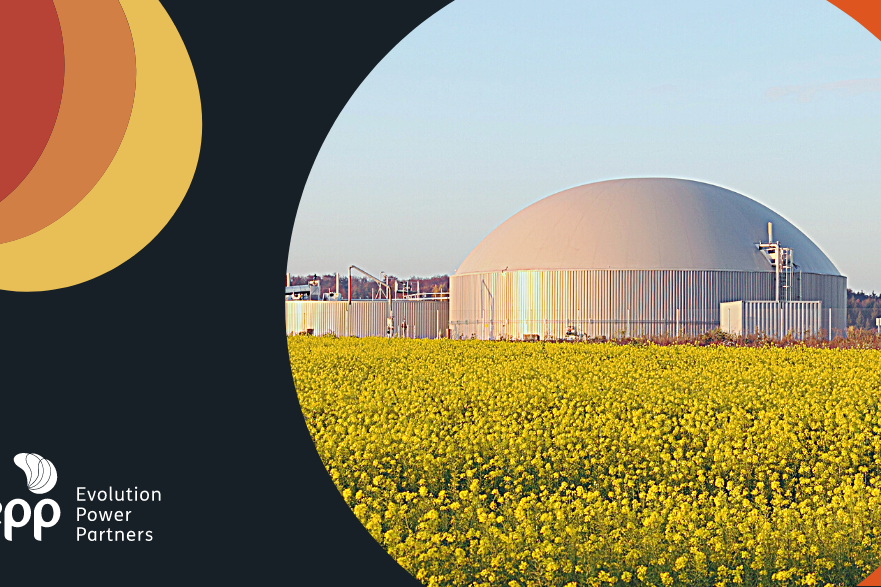With the increase in the electricity tariff and the search for sustainable sources, the solar energy sector should generate more than R $ 20 billion this year.
According to Aneel, the solar energy sector had a 47.4% increase in installed capacity in 2020 compared to 2019. Although last year was marked by declines in consumption due to the pandemic, the source generated more than R $ 13 billion in investments and generated 86 thousand new jobs, according to data from the Brazilian Solar Photovoltaic Energy Association (Absolar).
This market has grown exponentially, attracting investments of more than R $ 10 billion annually, but only 0.5% of Brazilian properties use this energy source. The number is very low compared to other countries: in the USA, the number reaches 3%; in Germany 5% and in Australia 20%.
Check out the prospects for expansion of this sector in Brazil and in the world in 2021!
What are the prospects for the solar energy sector in Brazil?
Brazil is one of the best countries for distributed solar energy generation and the prospects are for expansion of the sector in 2021. Three factors can be considered for this high expectation: abundance of sun throughout the year, competitive labor and high energy tariffs. electricity, turning the return on investment into something exceptional.
In addition, the reduction of taxes on some equipment used in the generation of solar energy makes the adoption of the technology more advantageous. In all, 109 components were exempt from tax until the end of 2021.
For this year, Absolar projects that the sector will generate more than 100 thousand jobs. Private market investments are expected to exceed R $ 22 billion, with greater investment in the area of distributed generation. This will mean adding more than 4.9 GW of solar energy to the system, representing a 68% growth in the sector.
With population growth and increased consumption, society and governments need to invest in more renewable and sustainable means, such as solar energy. In addition, in 2021, tariff readjustments should be higher than inflation in Brazil. Therefore, the trend is that there is a search for new sources to reduce costs.
Solar energy follows a path of technological evolution and increased equipment efficiency, causing its cost to have fallen by 90% in the last two decades. Therefore, it is estimated that by 2024 Brazil will have more than 880 thousand solar energy systems installed throughout the national territory.
What to expect from this energy in the world in 2021?
At the tip of world development, China is. The country has the capacity to generate 130 gigawatts of energy through the sun. Between 2021 and 2025, China is expected to add 65 gigawatts of new photovoltaic generation capacity annually. In comparison, Brazil does not have the capacity to produce even 2 gigawatts.
In addition to China, the United States also foresees an expansion that begins this year. The new president-elect, Joe Biden, established the country’s return to the Paris agreement and signed a $ 500 million investment order for renewable sources. The expectation is that, in the next four years, renewable sources will represent one third of the electric matrix there.
The growth in the use of this source in the world is due to the tendency to reduce the emission of greenhouse gases and the search for an energy transition. Thus, with this expansion trend, Brazil may become the third largest market for distributed generation of solar energy in the world. According to the National Energy Plan 2050, the goal is to reach 90 GW of centralized generation by that date.
If you are interested in this topic and want to know more about possible investments in the solar energy sector, please contact us.






